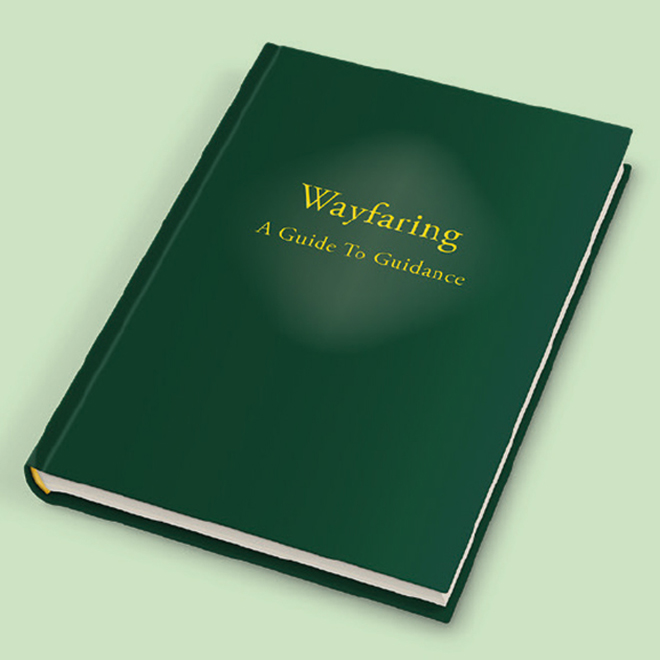Understanding Nonviolence
Steve Whiting recommends an illuminating new book
In 2006 Erica Chenoweth, of Denver University, spent a week at the International Center on Nonviolent Conflict (ICNC). She was sceptical about the power and potential of nonviolence. She had, like most people, internalised the idea that ultimate power flows from the barrel of a gun.
Her open scepticism did not make her the most popular person on the ICNC course and a colleague, Maria Stephan, challenged her: ‘If you’re right, why don’t you prove it? Are you curious enough to study this empirically?’ Erica was curious and, together with Maria, published in 2011 ground-breaking research, Why Civil Resistance Works: The Strategic Logic of Nonviolent Conflict, which analysed both violent and nonviolent uprisings across the world from 1900 to 2006.
